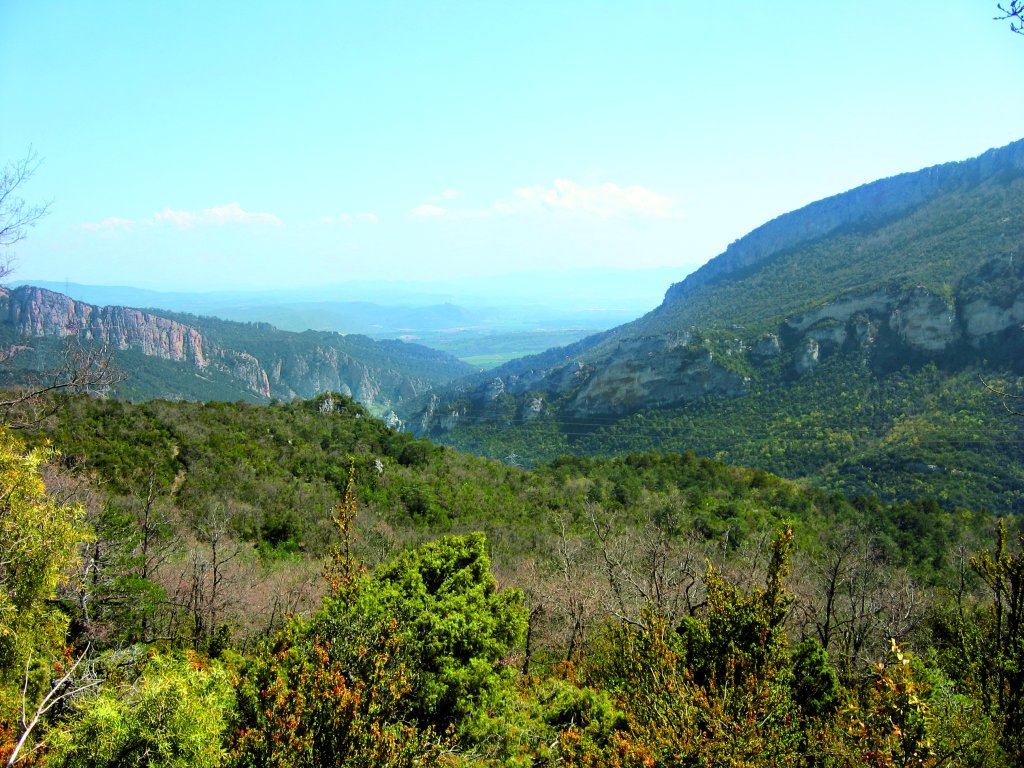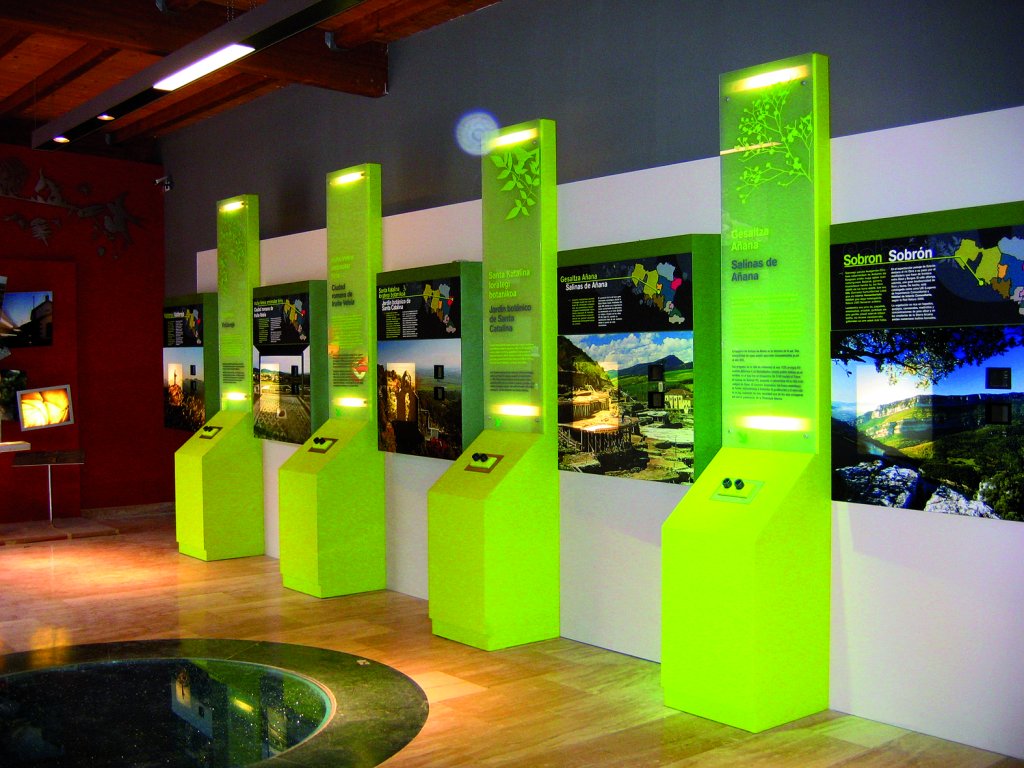Stage 10: Quintana Martín Galíndez - Baños de Sobrón
Description

From Quintana (540 m), the route retraces its steps to the Iberduero power station, at the end of Section 9, (1 km), from where a paved track leads to BU-530. After 400 m, the route veers onto a track to the right that leads to Camino Alto del Cañal, which runs parallel to the Ebro, then drifts away towards Pangusión (525 m). Examples of traditional architecture and the church of San Acisclo y Santa Victoria can be seen here.
- - - - - - - -
IMPORTANT WARNING: DUE TO THE MAINTEINANCE AND IMPROVING WORKS IN THE WALKWAY THAT CROSSES DE RIVER DONWSTREAM THE SOBRÓN DAM, THE WALKWAY IS TEMPORARY CLOSED TO USERS!
- - - - - - - -
The GR 99 continues north towards Barcina del Barco. Immediately after, the route turns onto a track to the right to a mill in ruins. After crossing Aguabuena Brook, the path winds along the river through riparian landscape and gall oak forests. Past the Chorrillos Brook, the route continues along a paved track uphill to Barcina del Barco (6.5 km, 1hr 30min). The town has folk-style architecture, a stone basin and the 16th century church of Santo Tomás.
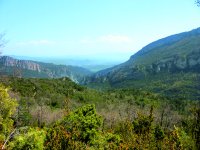
Past the village, the route reaches BU-530, and 500 m further on, turns onto a track to the left towards Mijaralengua, with fine examples of mountain architecture and a cluster of stone monoliths (possibly dolmens) on the roadside. The landscape along the route towards San Martin de Don is notable for the variety of vegetation - dense boxwood combined with cork oaks, Portuguese oaks, pines and rowan. The trail crosses Antorquiz Brook, with Sobrón Gorge in the distance, leaving to the right the trail that heads down to BU-530.
San Martin de Don (11.5 km, 2hr 35min) is home to the Monastery of San Miguel and the church of San Martín, both from the 16th-17th centuries. The houses are built in folk-style, with solarium-galleries and two fountains. From the street with the fountain, next to the stone basin, starts an uphill track that runs through acacias, with good views of the town. Along the Cascajosa, with views of Montes Obarenes (to the south), the route turns 90°, heading through the countryside towards a very sharp bend. The path to the right descends to the road (Section 10.1 climbs up this road), but the path continues straight on through an area carpeted with boxwood, Portuguese and cork oaks, and shrub populated with a diversity of wildlife. From this elevation, one can view Tobalina Valley, Pancorbo Mountain and the Ebro River and its towns to the south, and the Sobrón Reservoir and Gorge (SCI and SPA) to the east. All this territory is part of the Montes Obarenes-San Zadornil Nature Park.
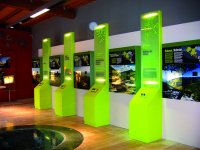
After about 7.5 km, the track continues through pines and oaks to arrive at Los Llanos booster aerials (1,095 m), from where there are magnificent views of Sierra de Arcena to the north; the bottom of Sobrón Gorge to the east, and the rocky cirque of Obarenes Mountains, in the distance, to the south (20.2 km, 5hr 35min).
Behind the aerials is a tree-lined path that heads down to the northeast towards Torca Sakana. The vegetation along the banks is less dense here. The path continues south, wedged between towering rock walls. Following a series of bends with views of Sobrón Gorge, the route reaches a forest track that heads down to the north towards Sobrón.
The modern parish church of Inmaculada Concepción can be found here, as well as mountain-style houses. What is striking, above all, is the location: in the heart of the mountain, in a depression suspended over Sobrón Gorge and its cliffs, surrounded by pines, oaks and holm oaks.
The descent towards Baños de Sobrón begins in the east side of town along an old road. A track is currently being built across the first section of this road. After passing under the power line, the route continues through pines, oaks and boxwood and reaches flat terrain near Los Corralejos, which retains a few elements of the reservoir. From here, a service track heads down to the road leading to Baños de Sobrón, a hamlet built around a former health spa (495 m, 25.7 km, 7hr 30min).
Profile
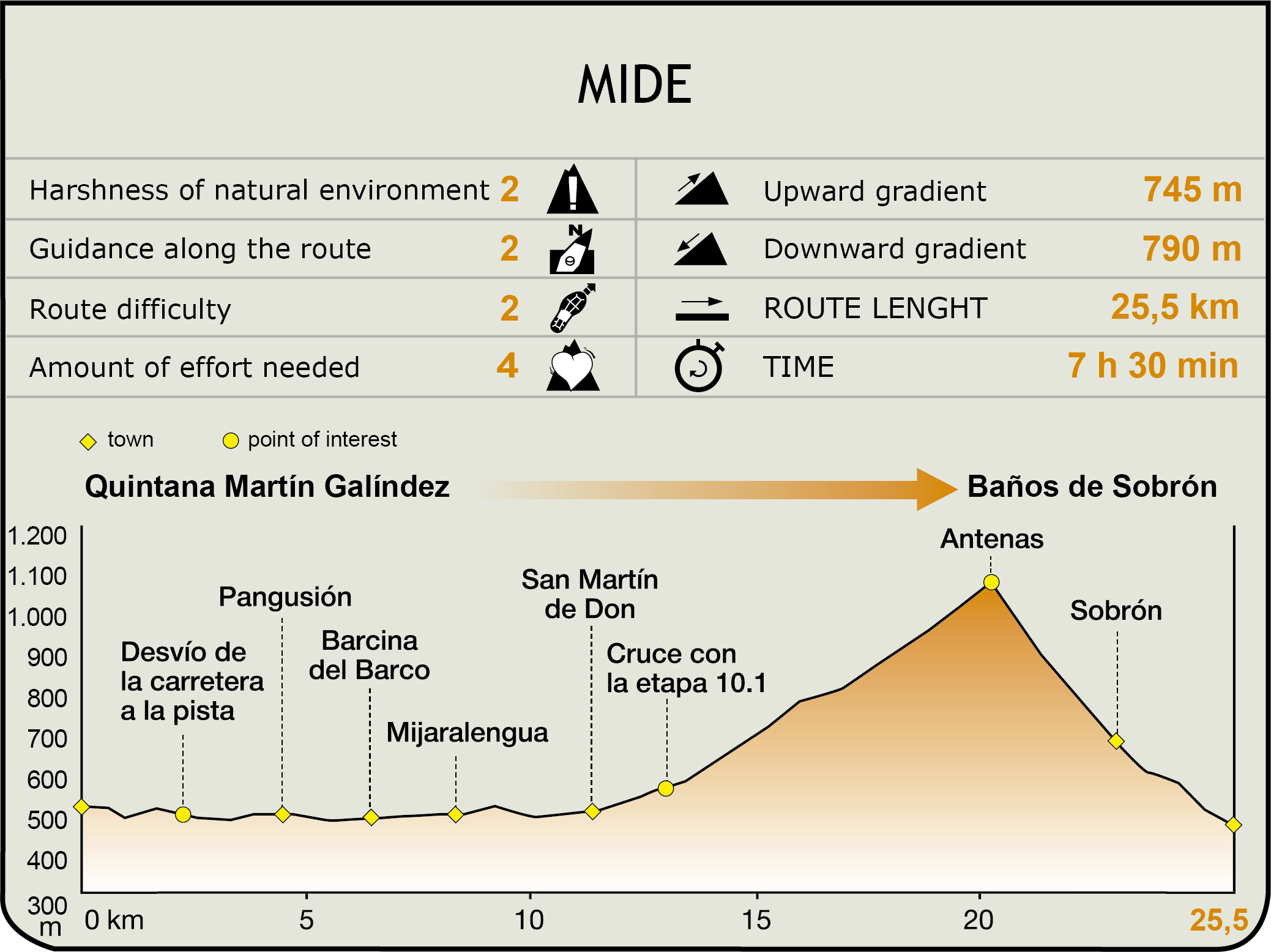
MIDE (Method for the Information of Excursions)
Featured
Further information
Water Museum
The Museo del Agua de Sobrón, a former health spa, is a space created by the Administrative Board of Sobrón, the Cuadrilla de Añana and the Basque Regional Government. Located in the former chapel of the health spa, the first room depicts with several panels the Cuadrilla de Añana. Each of the five other rooms tells a different story: the origin of water, its various states, the mythology behind it, the importance of its rational use and, finally, a human brain that seeks to serve as the visitor's conscience.
